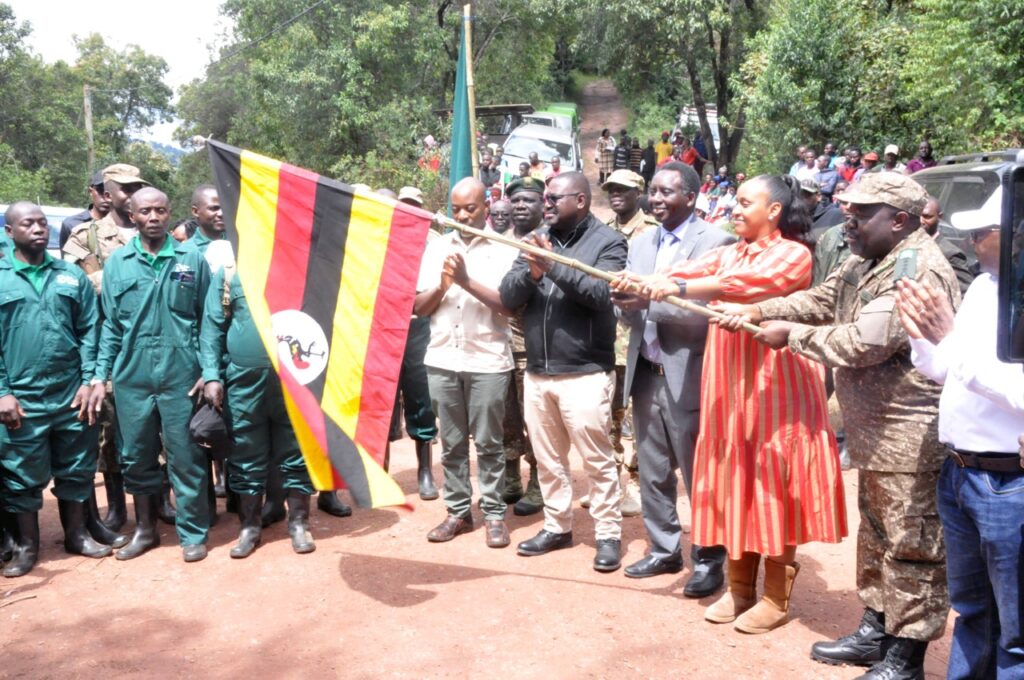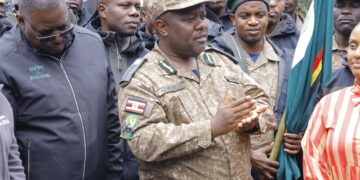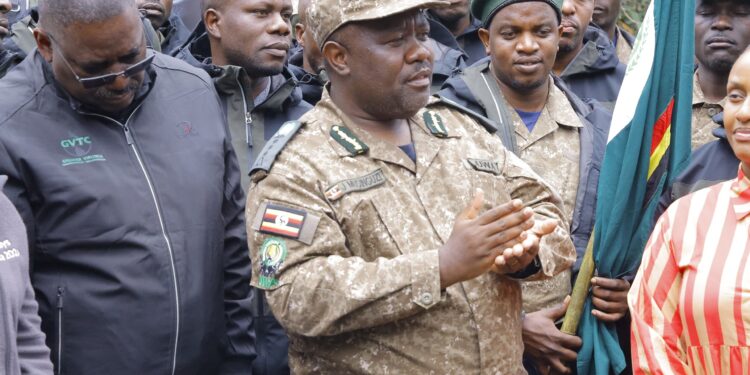Conservation experts have emphasized the critical role of the ongoing mountain gorilla census in achieving the long-term sustainability of great ape conservation. The sixth census of mountain gorillas and the first-ever chimpanzee count in the Bwindi-Sarambwe ecosystem officially began this week, led by the International Gorilla Conservation Programme (IGCP).
The scientific census, expected to run for over six months, will produce an updated estimate of mountain gorilla numbers and assess changes since the last count in 2018. The census recorded 459 individuals in 36 social groups and 16 solitary gorillas. Combined with results from the Virunga Massif, the global mountain gorilla population was then estimated at 1,063.
Experts say the data collected will guide future planning and decision-making for gorilla conservation in Uganda and across the Greater Virunga Landscape.
“You cannot manage what you don’t know,” said Dr. James Musinguzi, Executive Director of the Uganda Wildlife Authority (UWA).
“This census allows us to evaluate our conservation efforts and determine whether they are making an impact. It also helps us identify areas where more attention is needed.”
The census is a transboundary collaboration involving the Greater Virunga Transboundary Collaboration (GVTC), UWA, the Rwanda Development Board, the Institut Congolais pour la Conservation de la Nature (ICCN), and various conservation partners, including WWF, Fauna & Flora, Conservation International, and the Jane Goodall Institute.
Dr Andrew Sseguya, Executive Secretary of the Greater Virunga Transboundary Collaboration explained that the census is a true testament to the strength of collaboration, which has been at the heart of efforts to save the endangered mountain gorillas.
Six field teams, comprising staff from 11 partner institutions, have already begun tracking gorillas and chimpanzees. This includes identifying nest sites and collecting fecal samples for DNA analysis.
Unlike previous censuses where samples were sent overseas, genetic analysis for the 2025 census will be conducted within the region. This is expected to reduce logistical costs and build regional scientific capacity.
“This marks a major shift towards strengthening local research infrastructure,” said Jean Paul Hirwa, IGCP Vice President. “We are proud that this time, all sample processing will be done locally using improved equipment and trained personnel.”
In addition to gorilla population estimates, the census will collect data on group demographics, movement patterns, illegal activities, vegetation changes, and the presence of other large mammals in the Bwindi-Sarambwe ecosystem—one of only two habitats in the world where mountain gorillas still exist.

According to IGCP Director Wellard Makambo, this broader scope will help conservationists understand ecosystem health and improve future conservation strategies.
“This landscape is unique. It’s the only known place where endangered mountain gorillas and chimpanzees coexist alongside humans,” said Dr. James Byamukama, Executive Director of the Jane Goodall Institute Uganda. “Knowing how many chimpanzees live here and the condition of their habitat is key to their long-term survival.”
Nelson Guma, Chief Warden of the Bwindi-Mgahinga Conservation Area, described the census as a milestone for Uganda.
“This exercise not only reflects our progress in conserving the mountain gorilla, a flagship species, but also allows us to share valuable lessons and methods that can benefit conservation programs across the region,” he noted.
The census results are expected to be published in 2026 and will be used to shape policies and conservation priorities for years to come.











